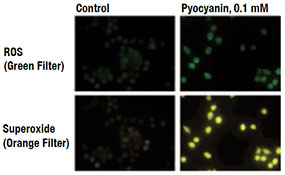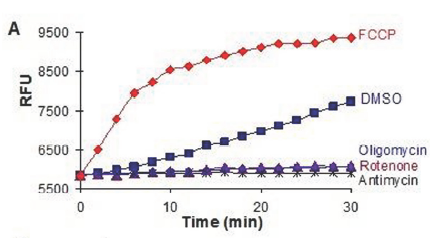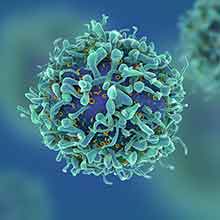The term oxidative stress reflects an imbalance in free radical formation within a cell or organism, most commonly in the form of reactive oxygen or nitrogen species (ROS/RNS). ROS/RNS such as superoxide anions, hydroxyl radicals, hydrogen peroxide, nitric oxide, and peroxynitrite originate from a variety of sources including changes in aerobic metabolism, immune activation, UV radiation, heme accumulation, and hypoxia. Failure of the cell’s defense mechanisms to compensate for accumulating insults such as mitochondrial dysfunction, DNA damage, misfolded proteins, and lipid peroxidation can trigger programmed cell death pathways, and has been linked to clinically relevant diseases including cancer, cardiovascular disease, asthma, ischemia, diabetes, and neurodegenerative disease.






















 What is Cancer Metabolism?
What is Cancer Metabolism?












